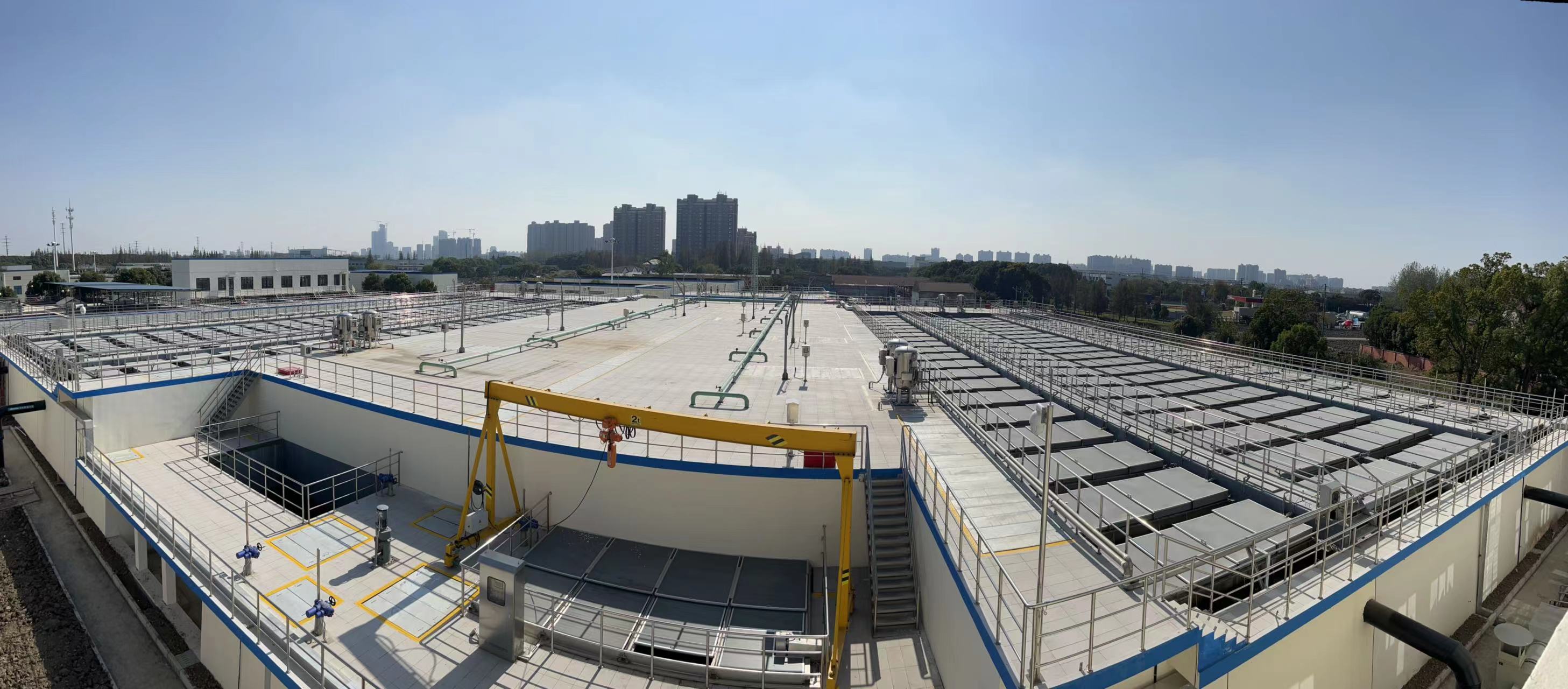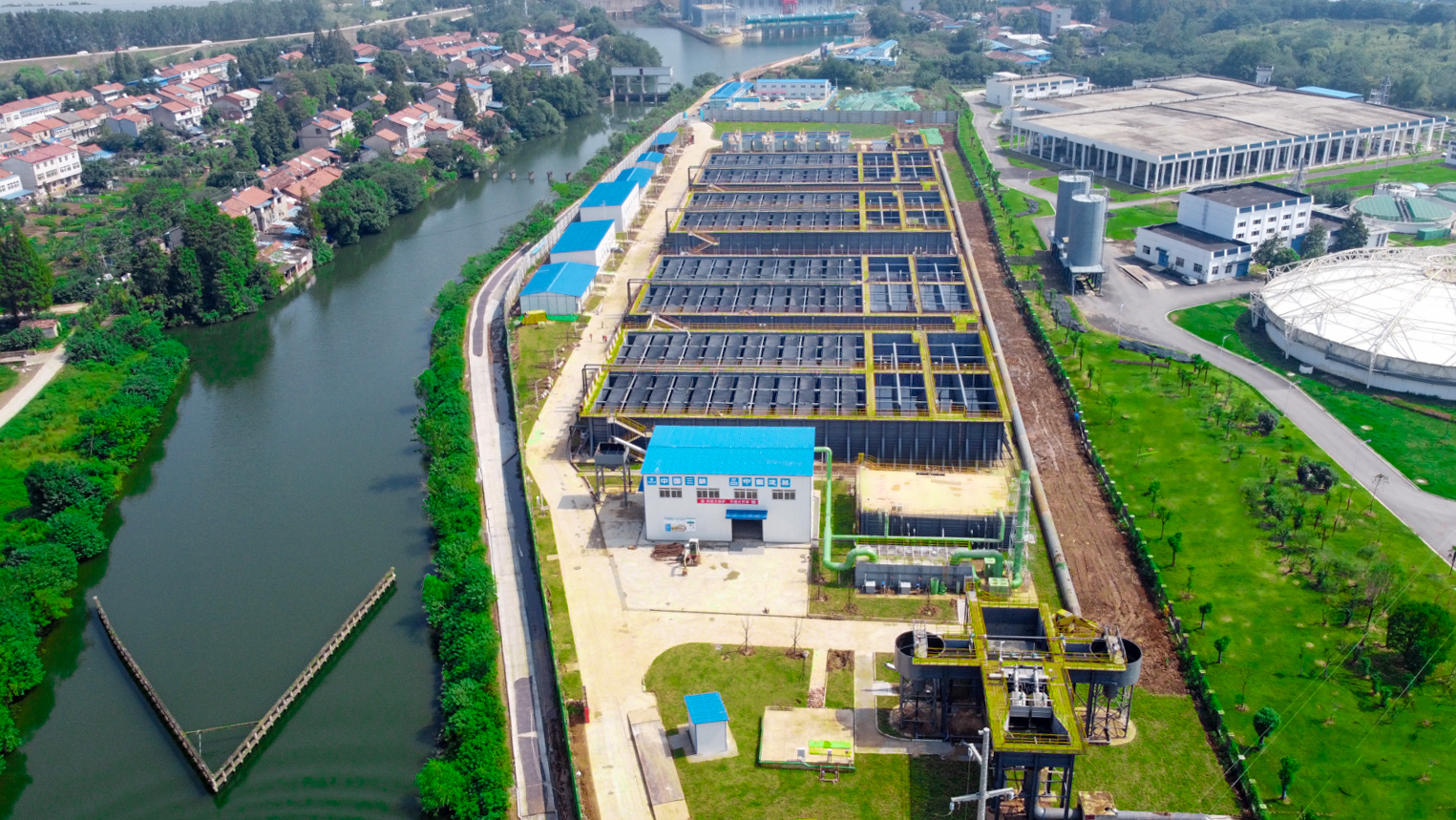A Space-saving Efficient and Compact Solution to Build an Environmentally Friendly Sewage Treatment Plants in Cities
Imagine a bustling city, teeming with people, with every square foot of land a precious commodity. Now, think about the challenge of building a sewage treatment plant in such an environment. Space is limited, population density is high, and the process of land acquisition is fraught with difficulties. It might seem like an insurmountable task, but there is a solution. The primary culprit of space consumption in sewage treatment plants is the biochemical treatment process. This process, which includes both a reaction and a precipitation step, is vital to neutralizing pollutants and clarifying water. However, what if we could combine these steps in a vertical space, rather than spreading them out horizontally? We'd end up with a process that is both efficient and compact.

This isn't just a hypothetical scenario. In fact, for the past decade, this model has been utilized extensively, treating nearly three million tons of sewage every day. The method involves installing a unique diversionary structure, known as a circulation clarifier or RPIR module, in the aerobic tank. This ingenious piece of technology allows for oxygen provision, airlift circulation, biochemical reaction, and sedimentation separation all in one place. The RPIR module redefines the functionality of the original AAO pool, effectively replacing the secondary sedimentation tank and the traditional aerobic tank. By vertically integrating the reaction and sedimentation processes, and following it up with a deep treatment process, the discharged water meets nearly all Class IV surface water standards.

But the benefits don't stop at space-saving. This approach also offers significant cost and energy savings. Compared to the traditional activated sludge method, it reduces civil construction costs by around forty percent, land area usage by forty to forty-five percent, and energy consumption by around thirty percent. So, in summary, facing the challenge of building a sewage treatment plant in areas with high population density and land shortage isn't a lost cause. By employing a biochemical treatment process that reduces land occupancy, we can build efficient, cost-effective, and environmentally friendly sewage treatment plants. This innovative approach not only saves space but also reduces construction costs and energy consumption, making it a win-win solution for urban areas worldwide.

 LOADING...
LOADING...
 DATE:2024年03月19日
DATE:2024年03月19日


